 |
 |
 |
 |
 |
 |
 |
 |
 |
 |
 |
 |
 |
 |
 |
 |
 |
 |
 |
 |
 |
|
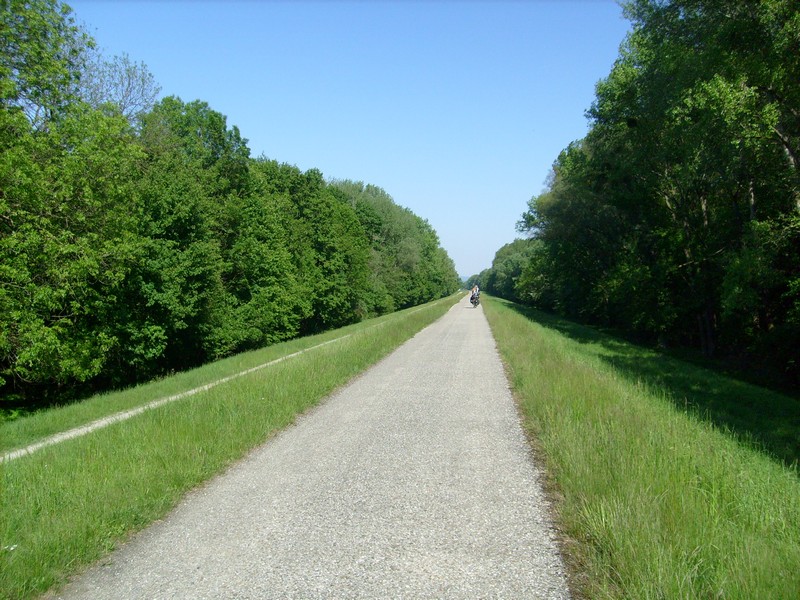 |
|
|
|
The road leaving Vienna was straight and flat and we rode for an hour before finding a place where we could rest with a cup of cappucino.
|
|
|
|
 |
|
|
|
The Danube was low, so instead of going straight across to the ferry landing, we debarked on a stone beach and the ferry left with another boatload of cyclists and foot passengers.
|
|
|
|
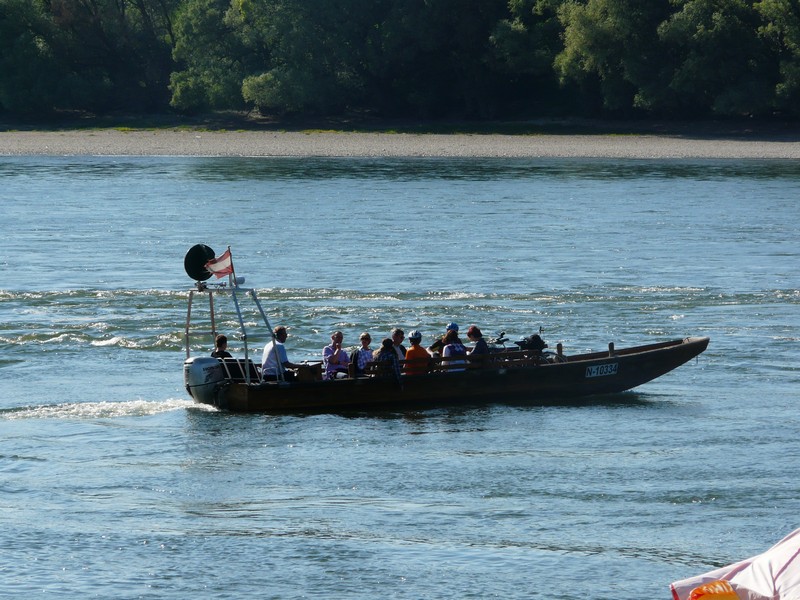 |
|
|
|
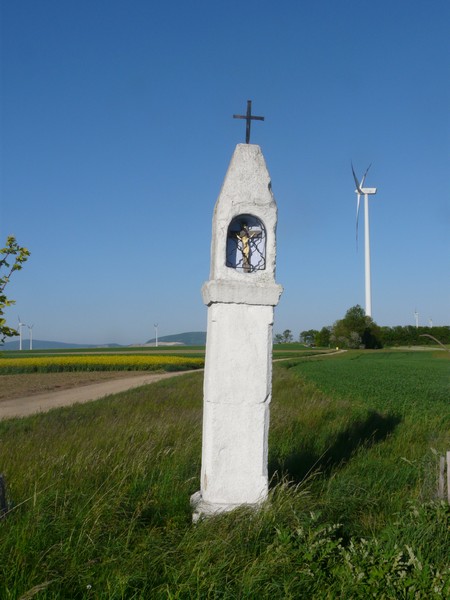 |
|
|
|
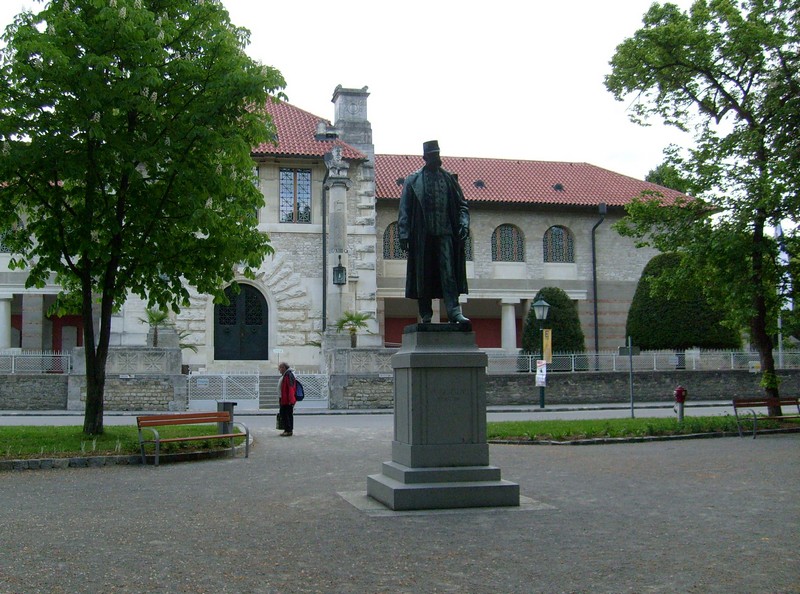 |
|
|
|
Franz-Josef 1 and Museum in Petronell-Carnuntum
|
|
|
|
 |
|
|
|
We were both excited when we saw the sign to Bratislava, because neither of us had ever been to Slovakia before.
|
|
|
The Slovak Republic (or Slovakia) is a landlocked state in Central Europe. It has a population of over five million and an area of about 49,000 square kilometres (19,000 sq mi). Slovakia is bordered by the Czech Republic and Austria to the west, Poland to the north, the Ukraine to the east and Hungary to the south. The largest city is the capital, Bratislava. It is a member state of the European Union, NATO, United Nations, OECD and WTO among others. The official language is Slovak, a member of the Slavic language family. The present-day Slovakia became an independent state on 1 January 1993 after the peaceful dissolution of Czechoslovakia.
Slovakia is a high-income advanced economy with one of the fastest growth rates in the European Union and the OECD. Slovakia together with Slovenia and Estonia are the only former Communist nations to be part of the European Union, Eurozone, Schengen Area and NATO simultaneously.
|
|
|
|
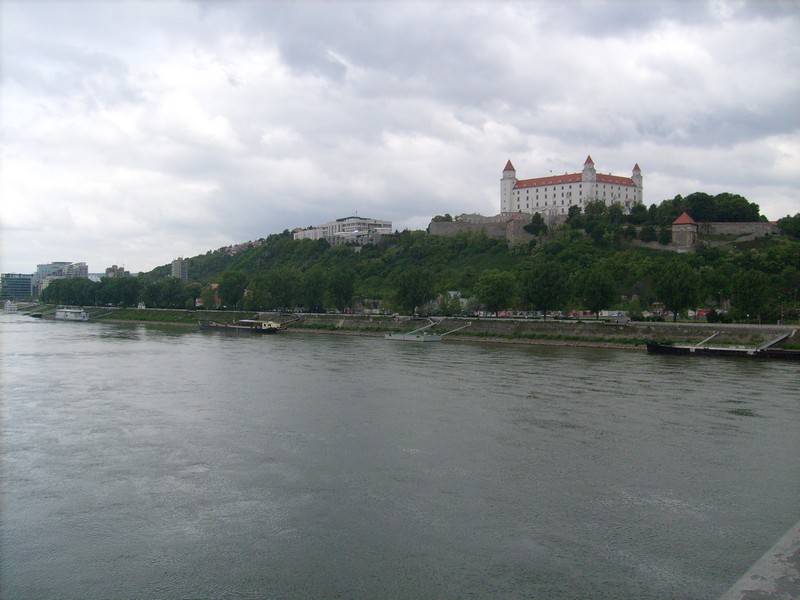 |
|
|
|
 |
|
|
|
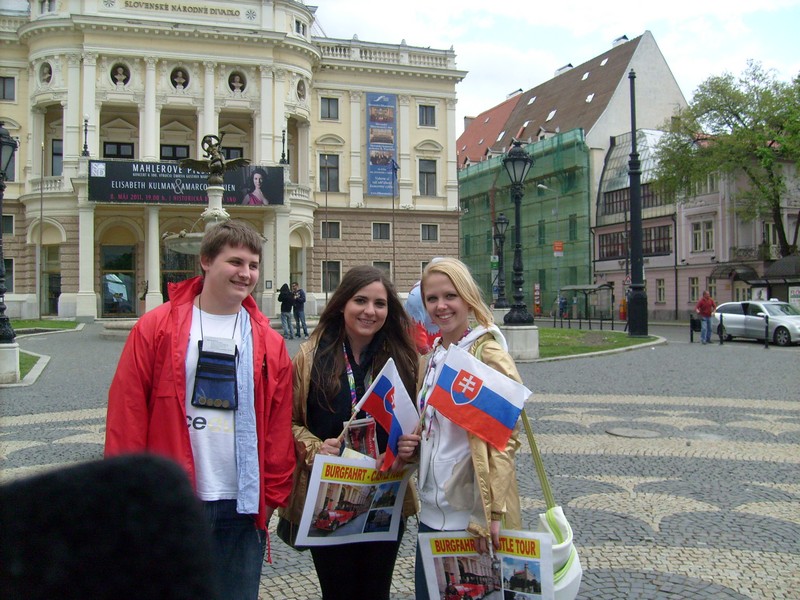 |
|
|
|
These pretty young girls were selling tours to the castle. With all the fans, they were waving their Slovakian flags.
|
|
|
|
 |
|
|
|
 |
|
|
|
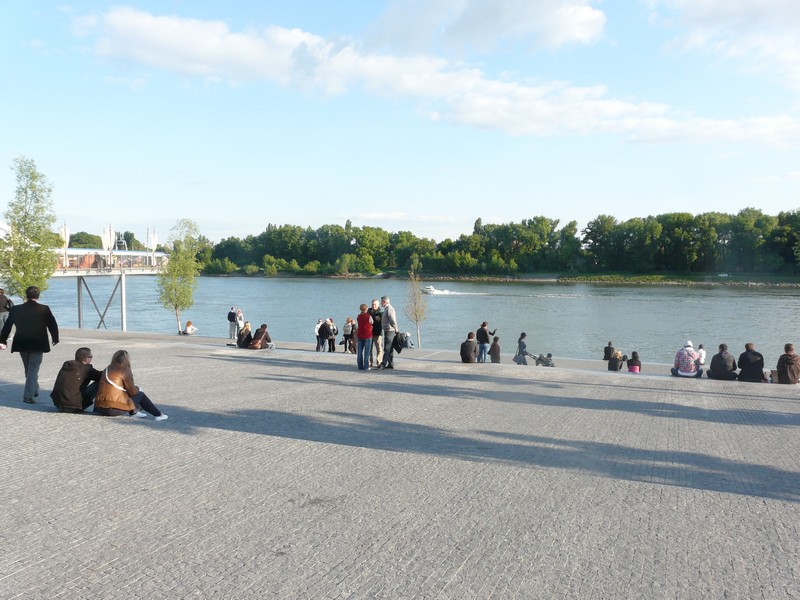 |
|
|
|
Relaxing on a Sunday Afternoon
|
|
|
|
 |
|
|
|
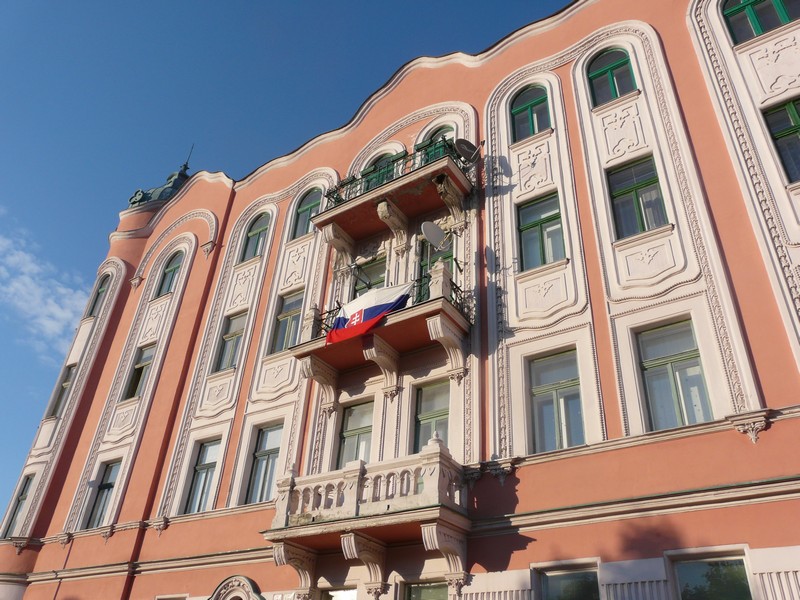 |
|
|
|
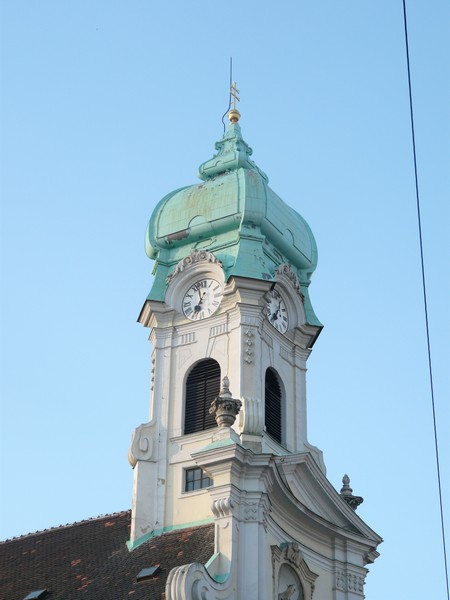 |
|
|
|
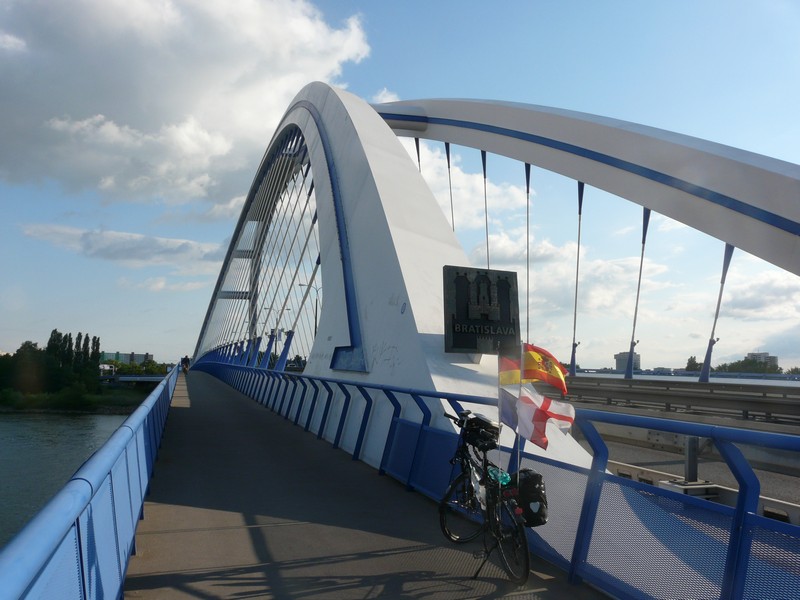 |
|
|
|
From the bridge one could see another bridge in the distance, (right) also designed with a bicycle lane. Below, the bicycle path continued and most of the way to the Hungarian border, it was asphalt and wide enough for 4 bicycles abreast.
|
|
|
|
 |
|
|
|
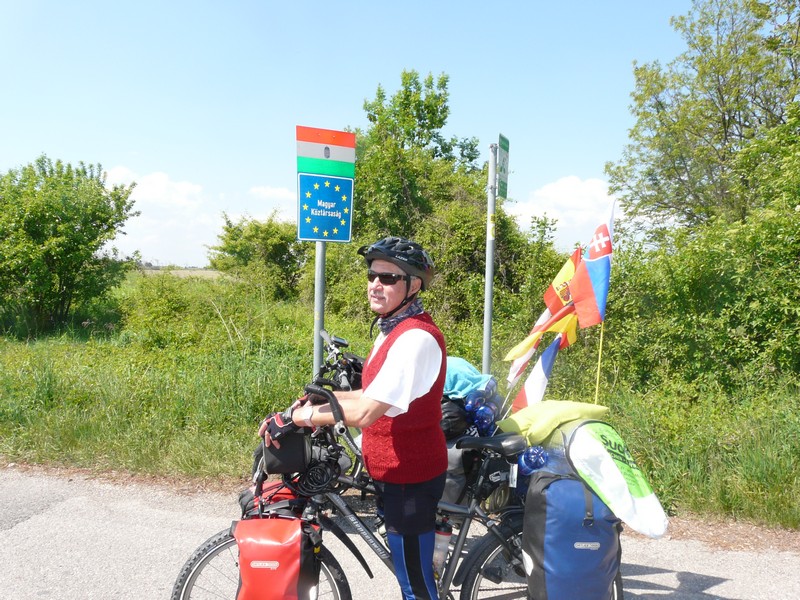 |
|
|
|
Not long after we left Bratislava,
we were on the Hungarian Border.
|
|
|
|
 |
|
|
|
The First Hungarian Village
|
|
|
|
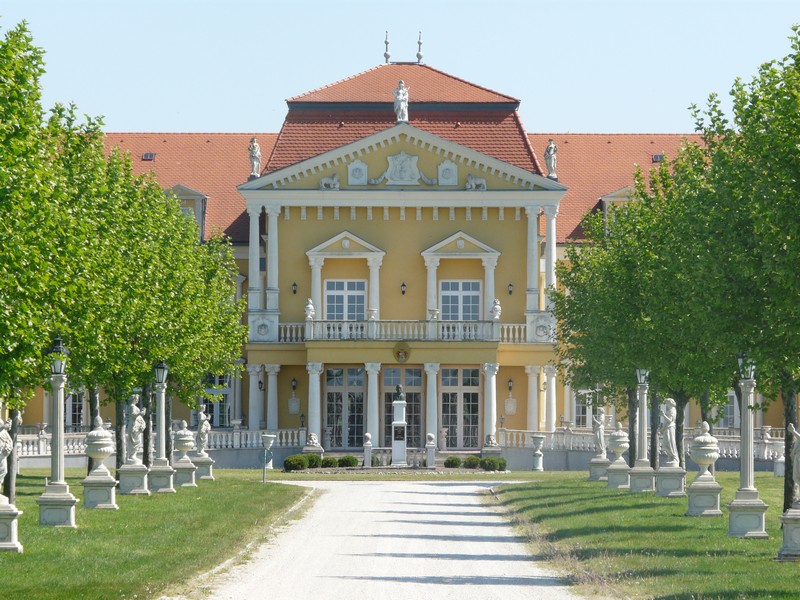 |
|
|
|
Espi Palace
|
|
|
|
 |
|
|
|
Old Pump
|
|
|
|
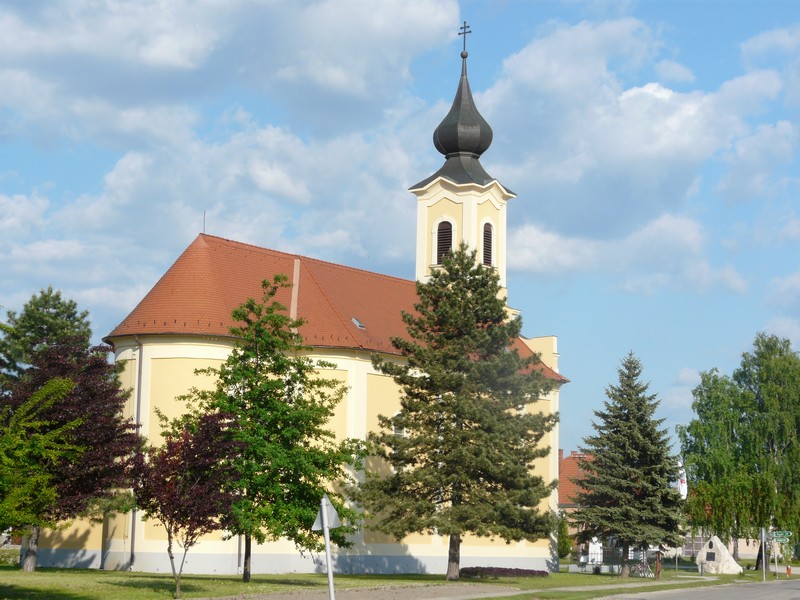 |
|
|
|
Church in Lipót
|
|
|
|
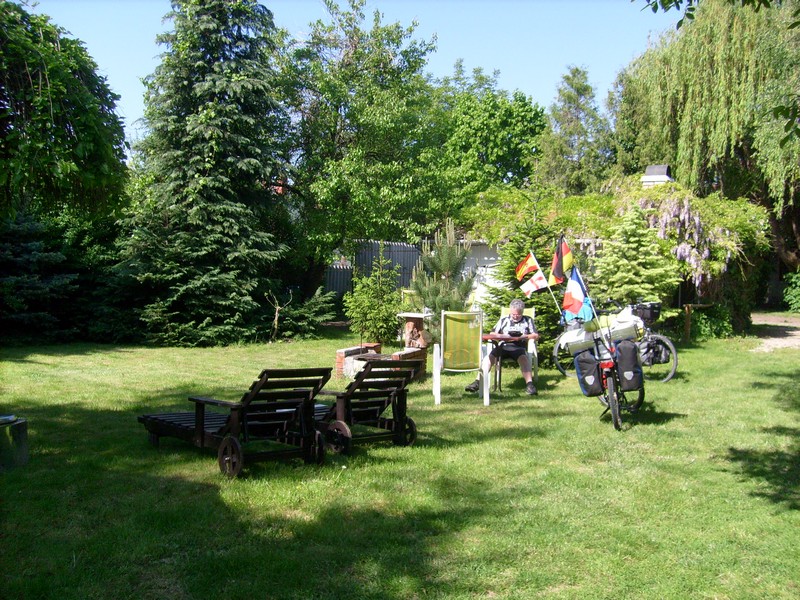 |
|
|
4 Star Camping in Györ Hungary TV, Kitchen, Lounge Chairs
|
|
|
|
 |
|
|
City Center, Györ, Hungary
|
|
|
|
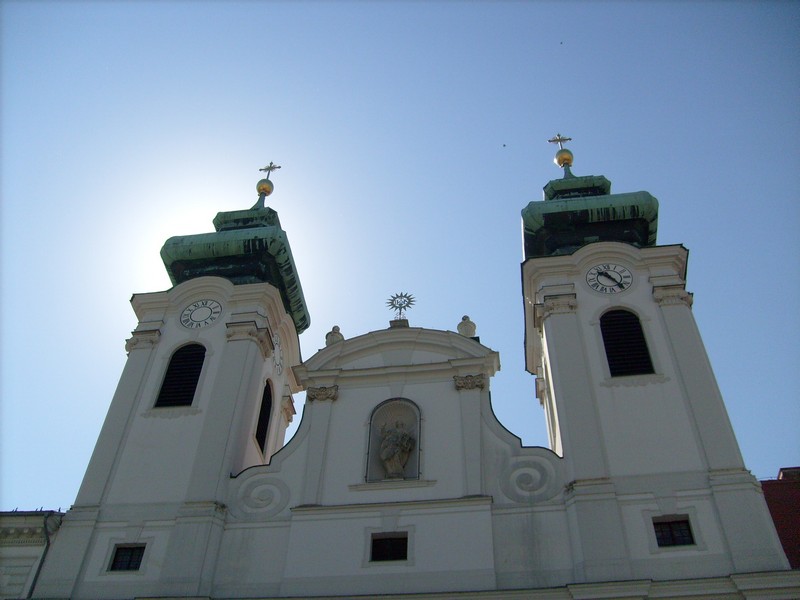 |
|
|
|
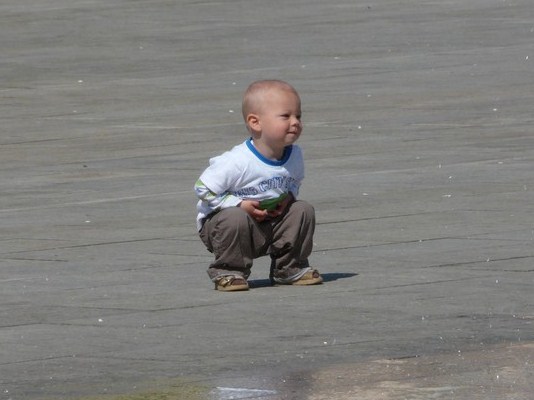 |
|
|
|
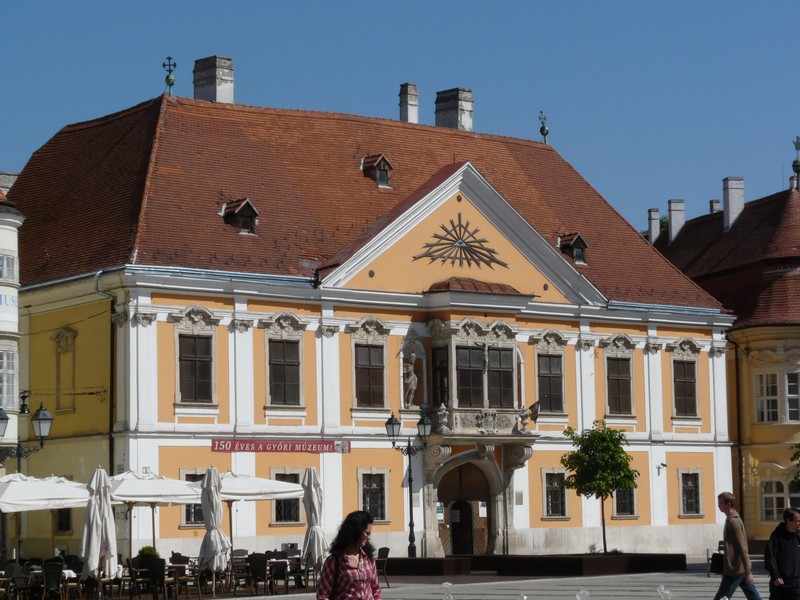 |
|
|
|
City Center, Györ, Hungary
|
|
|
|
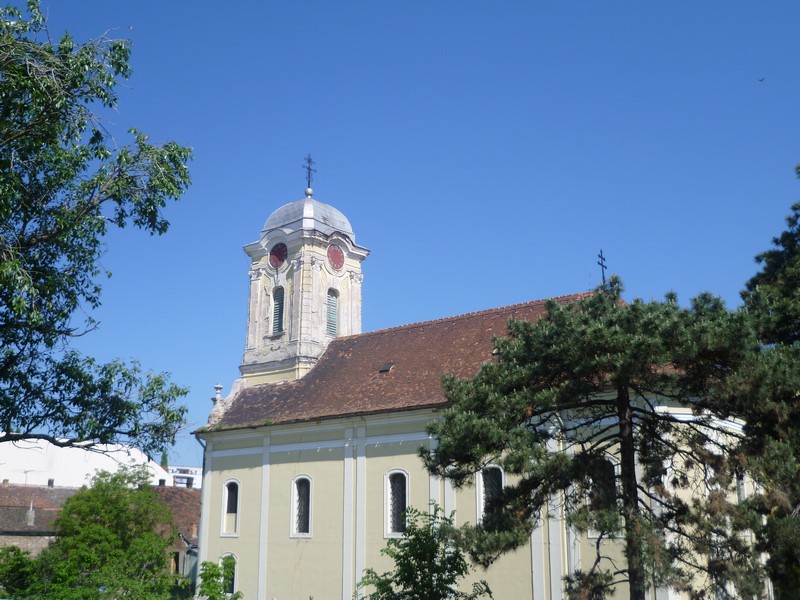 |
|
|
|
 |
|
|
|
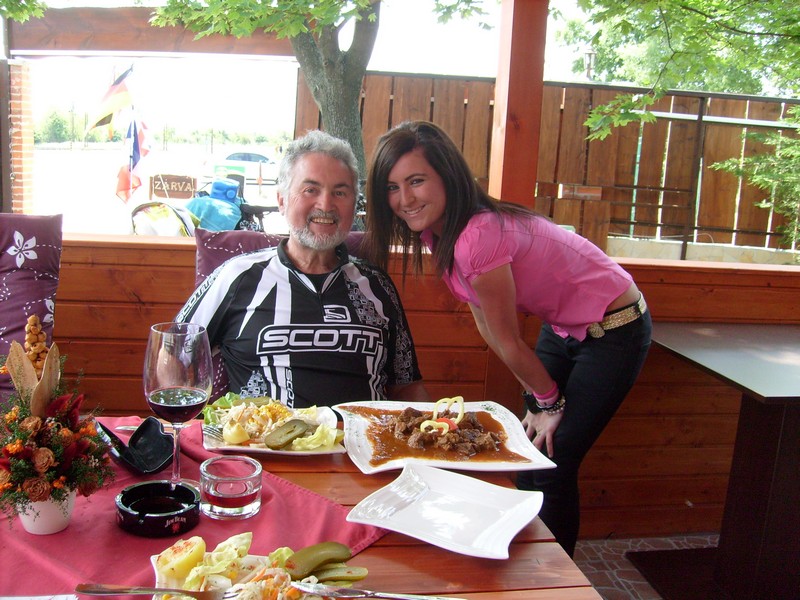 |
|
|
|
My First Hungarian Gulasch in Hungary --
Nagyszentjanos -- ...and the lady who brought it to me!
|
|
|
|
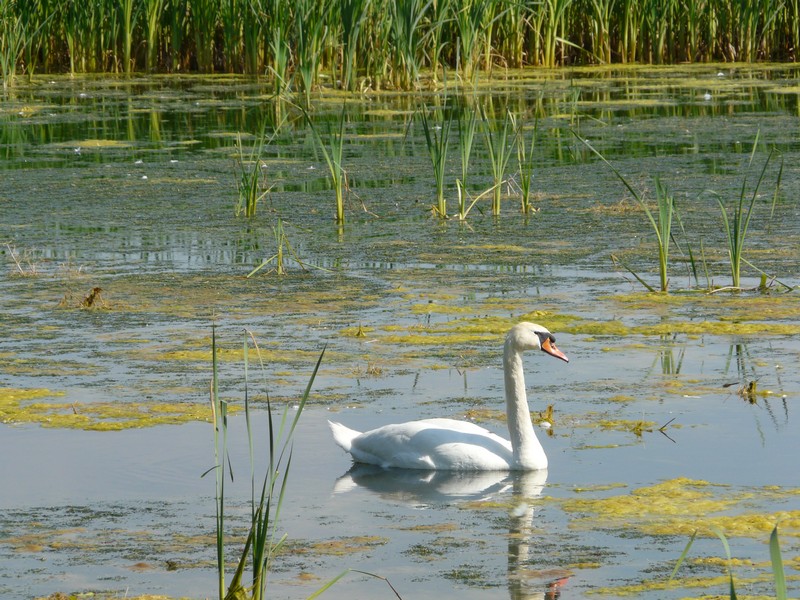 |
|
|
|
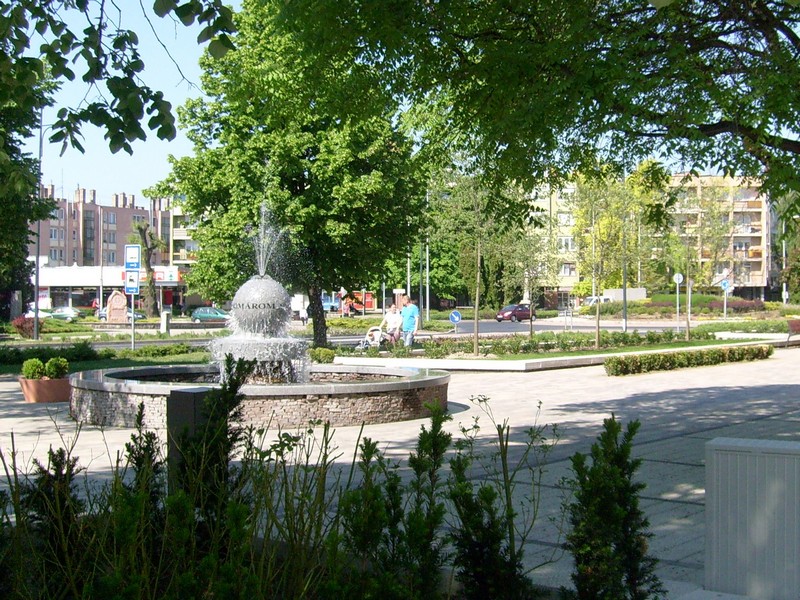 |
|
|
|
Komarom - Hungarian City across the Danube from Komarno
|
|
|
|
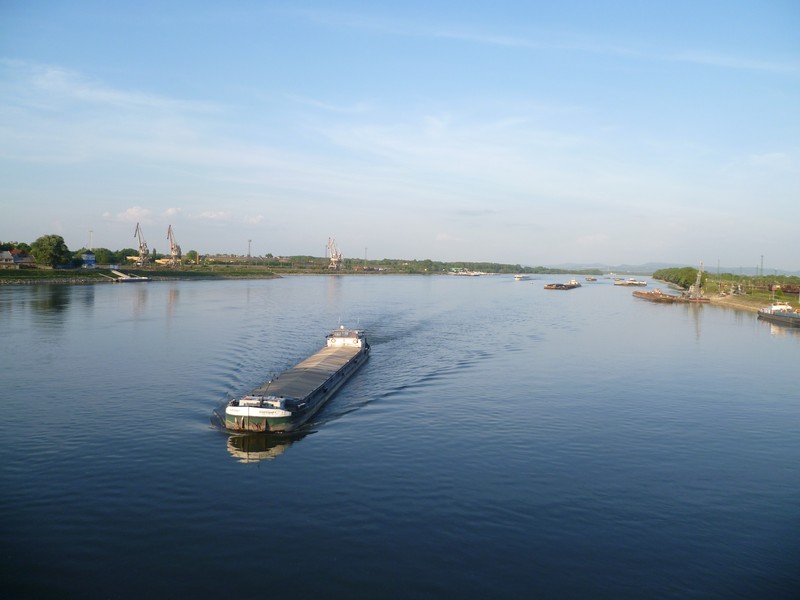 |
|
|
|
Slovakia Left - Hungary Right
|
|
|
|
 |
|
|
|
Komarno, Slovakia
|
|
|
|
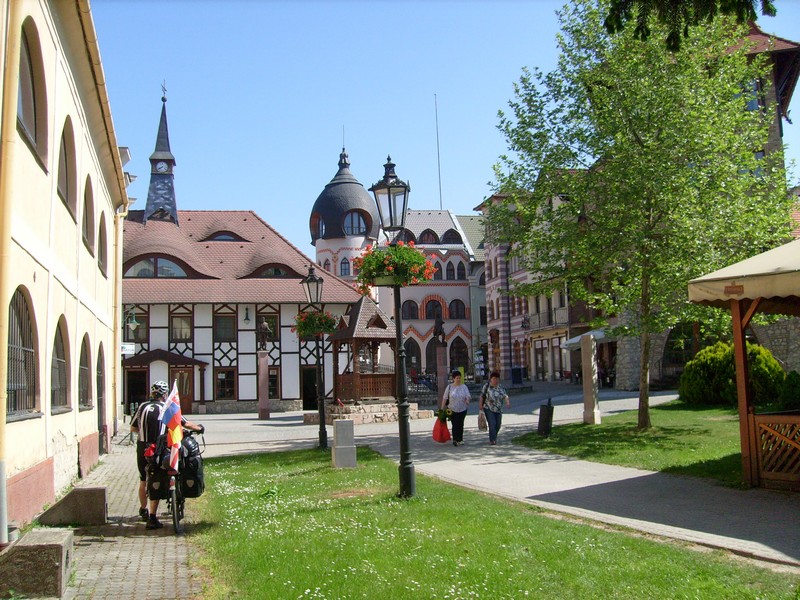 |
|
|
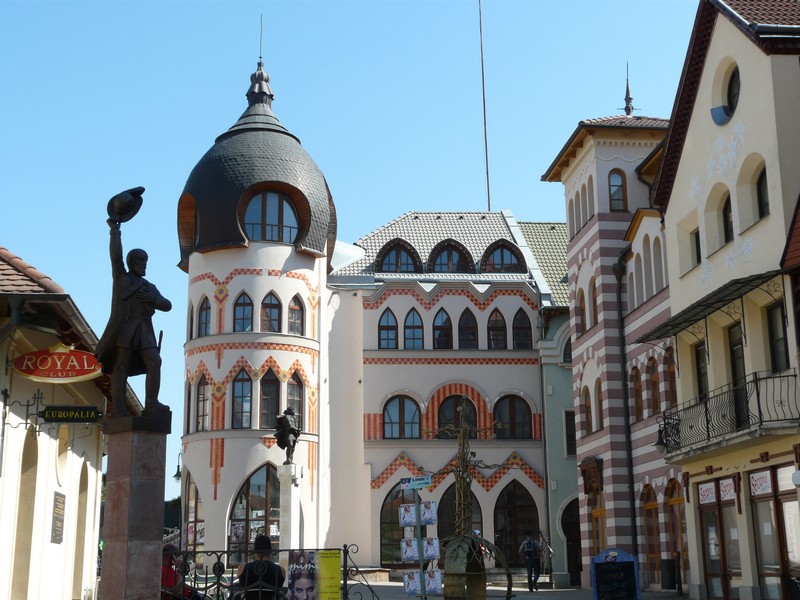 |
|
|
|
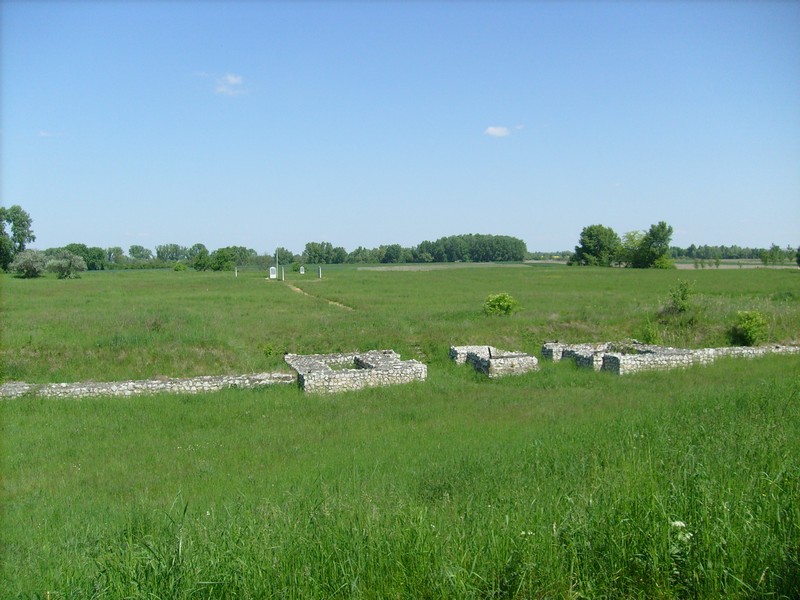 |
|
|
|
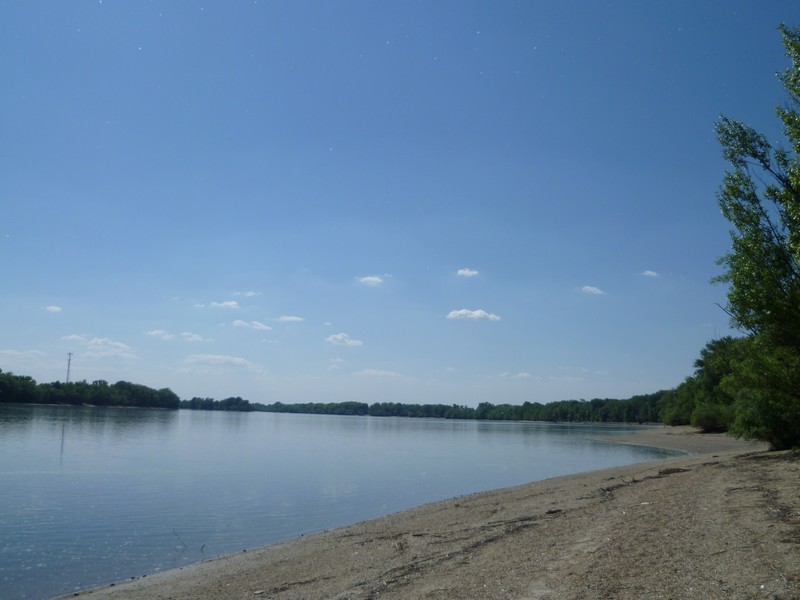 |
|
|
 |
 |
|
This leg of the journey was relatively flat, but the bicycle trail left the Danube River frequently. Still, it was well marked and the food at the restaurants along this section of the trail was delicious and inexpensive. We rarely cooked anything anymore.
|
|
|
Diese Etappe der Reise war relativ flach, aber der Radweg hat die Donau mehrmals verlassen. Der Weg war aber sehr gut markiert und das Essen im Restaurant war lecker und günstig. Wir haben dann selten irgendwas gekocht.
|
|
|
 |
 |
|
Crossing the border to Slovakia used to take several hours and required pre-ordered visas. Today, cars, bicycles and pedestrians cross with no guards at the border.
|
 |
 |
 |
 |
 |
 |
 |
 |
 |
 |
 |
|
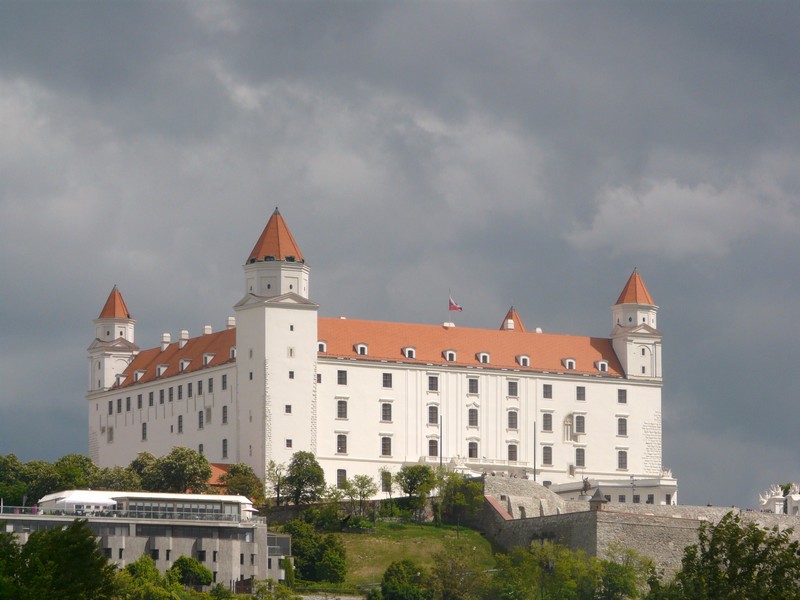 |
|
|
|
Once known as Pressburg, Bratislava was the host for the world championships in ice hockey when we visited the city. The streets were filled with fans when Finland demolished Sweden 6-1 in the final game.
|
|
|
 |
|
|
|
 |
|
|
The man in the working clothes drew a large crowd while mimicking the bronze artwork on the pavement to his right.
|
|
|
|
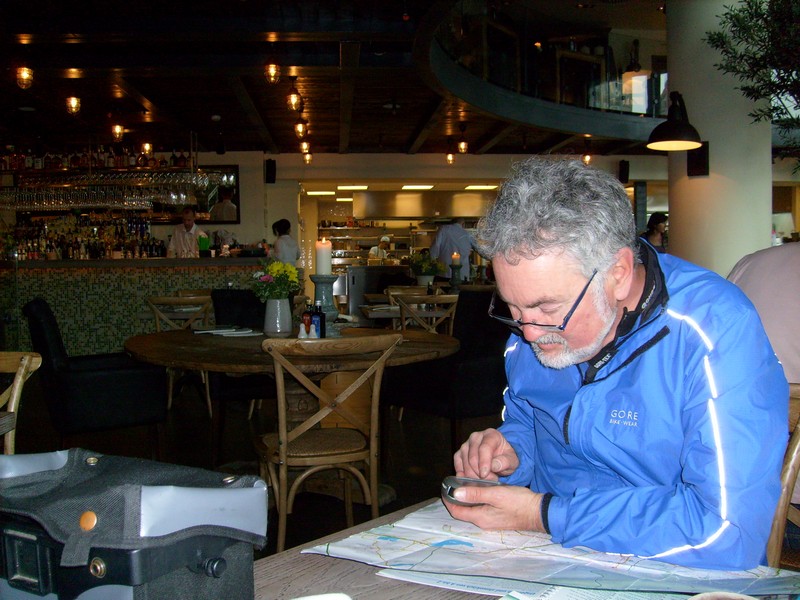 |
|
|
|
Every once in a while, I would consult my GPS to check the route or to look for nearby Geocaches.
|
|
|
|
 |
|
|
|
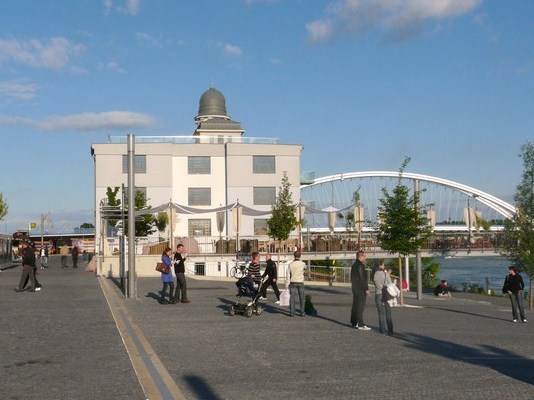 |
|
|
|
Left and Below: City Architecture
|
|
|
|
 |
|
|
|
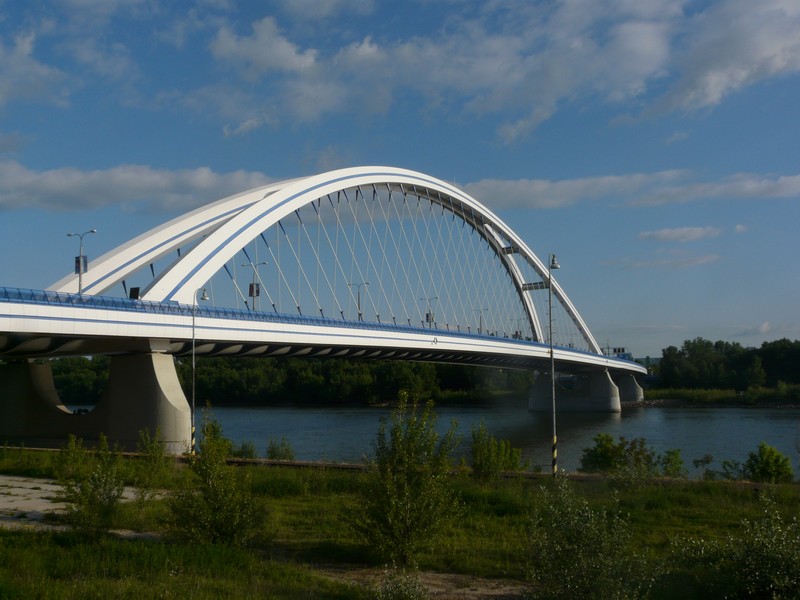 |
|
|
|
This modern bridge was outfitted with the most elaborate bicycle lane I have ever seen.
|
|
|
|
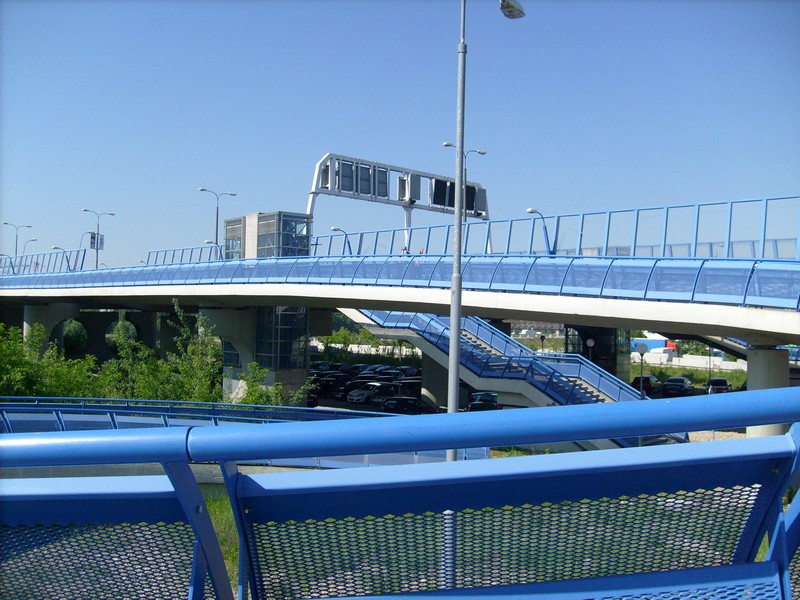 |
|
|
|
 |
|
|
|
 |
|
|
|
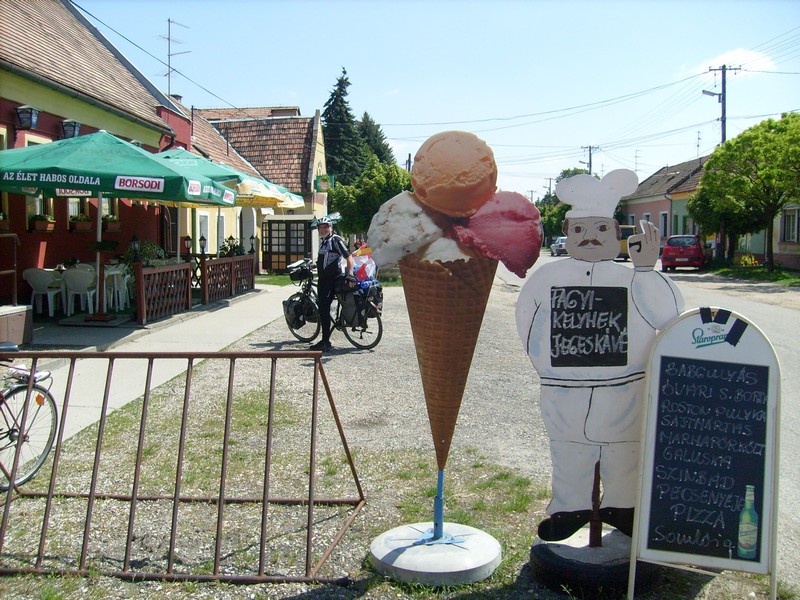 |
|
|
|
The ice cream caught our attention, but we ate a pizza.
|
|
|
|
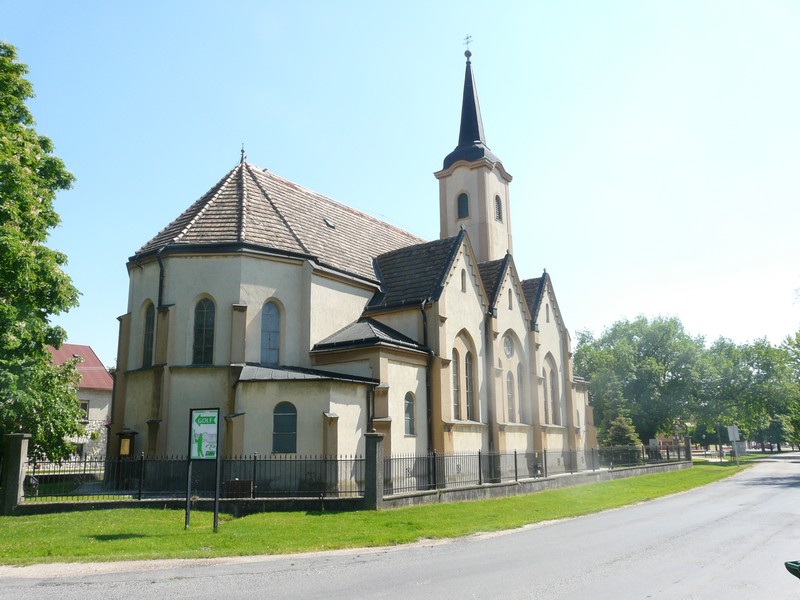 |
|
|
|
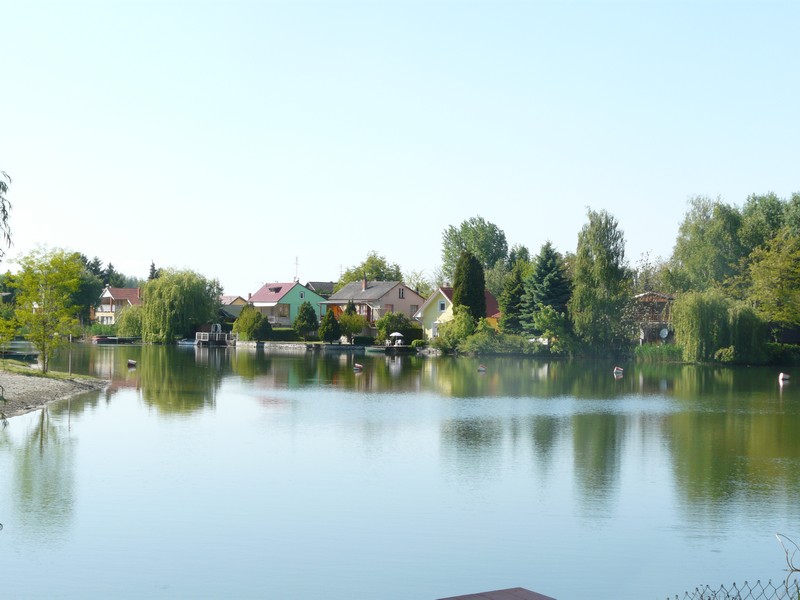 |
|
|
|
Dunasziget
|
|
|
|
 |
|
|
|
The Worst Possible Cycling Trail - After 5 kilometers on this deep gravel, I wanted to throw in the towel!
|
|
|
|
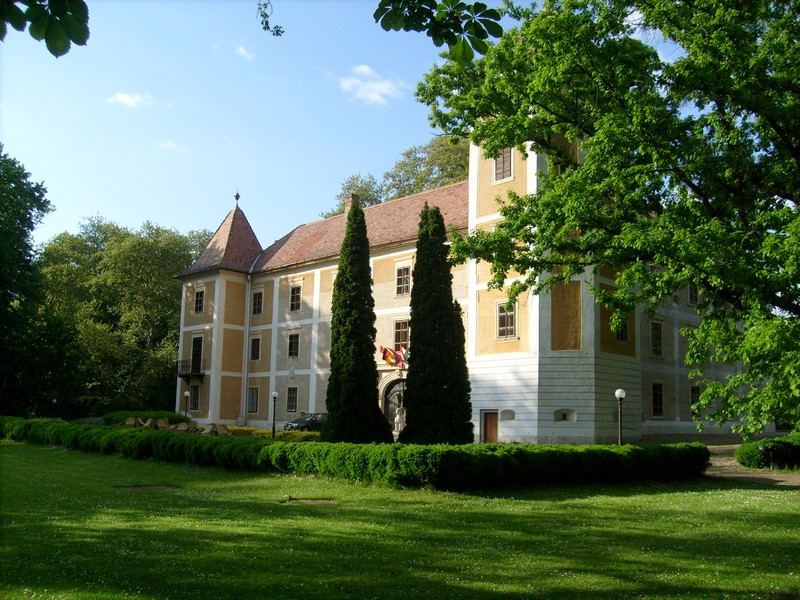 |
|
|
Castle in Hédervár, Hungary
|
|
|
|
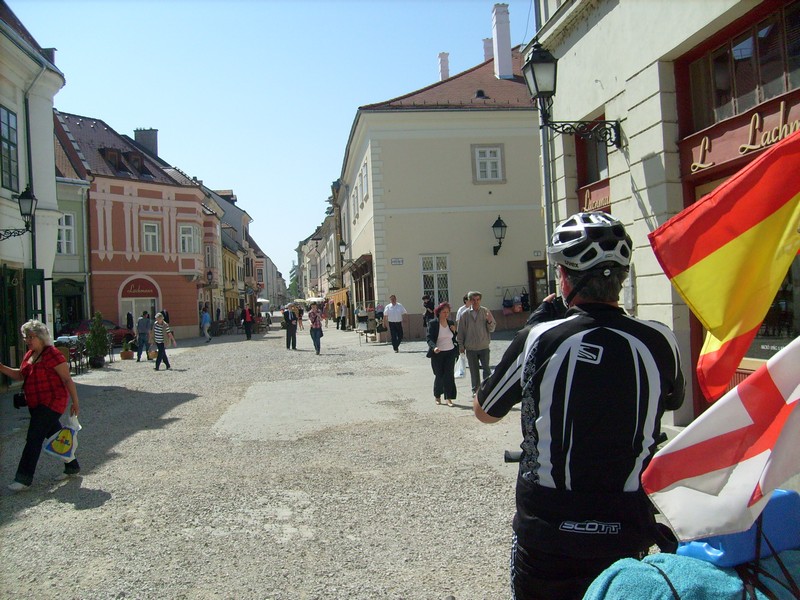 |
|
|
City Center, Györ, Hungary
|
|
|
|
 |
|
|
|
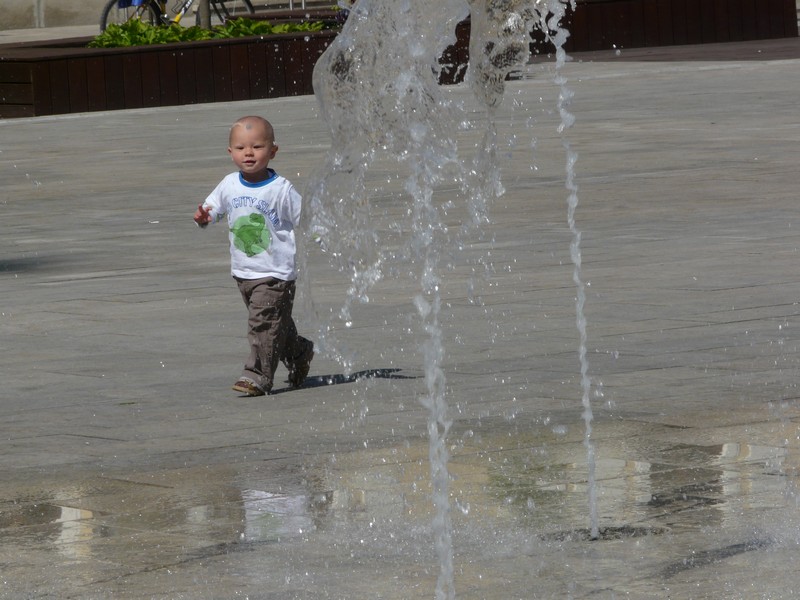 |
|
|
|
 |
|
|
|
 |
|
|
|
 |
|
|
|
 |
|
|
|
 |
|
|
|
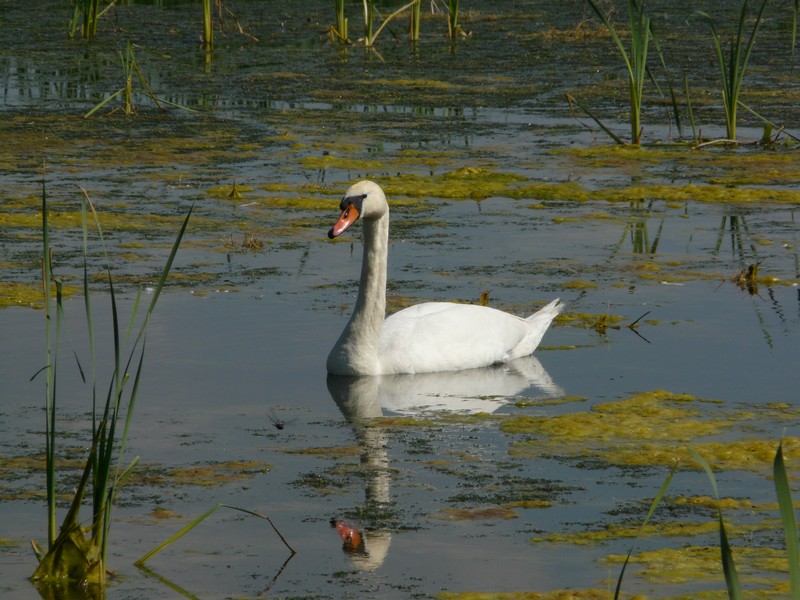 |
|
|
|
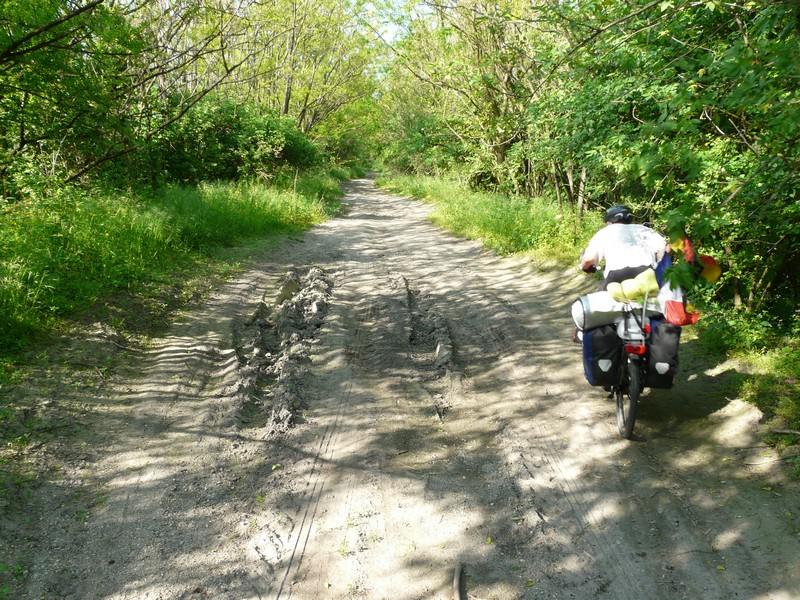 |
|
|
|
This trail on the way to Ács was the worst on our trip!
|
|
|
|
 |
|
|
Komarom at Night
|
|
|
|
 |
|
|
|
Border to Slovakian Republic
|
|
|
|
 |
|
|
|
Slavic Architecture in Komarno, Slovakia
Below, Bumpy Bike Trail
|
|
|
|
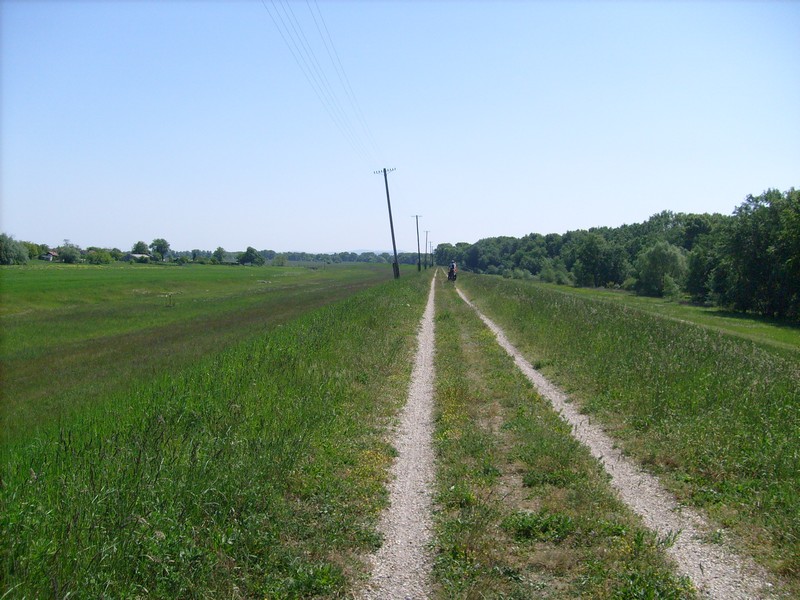 |
|
|
|
Kelemantia, Slovakia
On the territory of present day Slovakia lays only a very short section of the Roman Danube frontier with two forts and several temporary camps of different size and age. One of the characteristic features of the frontier section is there is a very densely populated area beyond the river Danube. The inhabitants of the settlements, German tribes, were in constant and rather close contact and interaction with the population of the province of Upper Pannonia.
The first occupation of the territory happened under the reign of Augustus and his successor Tiberius, who brought a Roman army into the region of Carnuntum and Bratislava. The attack was focussed on the kingdom of Marbod in Bohemia. One of the first military installations on the Middle Danube area, a small fortified tower/fortlet maybe, could be identified on the steep hill of Devin, on the confluence of the March with the Danube. But it was not before the 40ies of the 1st century that a permament garrison built a fortress and was stationed in Carnuntum, a legionary fortress close to the Slovakian border.
To secure the Middle Danube area the Romans established a client kingdom with the Quadi, a German tribe, at a first stage. Only few forts on the territory of the province Pannonia were built in earlier Flavian times such as Arrabona und Brigetio (both in modern Hungary). The first fort in Rusovce/Gerulata was built together with other military installations along the Middle Danube area at the end of the 1st century. Till the end of the 4th century this fort was rebuilt several times to the stage which is still visible close to the church in the village of Rusovce.
The second fort in Kelemantia/Iza lay on the left side of the river Danube and was established as a bridgehead opposite the legionary fortress of Brigetio (H), during the Marcomannic wars (176/180). This first construction was burnt down by the Marcomannic tribes in 179. After the war a stone fort was built, which lasted into the Late Antiquity. The last building phase can be dated according to other renovation work along the Middle Danube area in the reign of the emperor Valentinian I (364–375).
|
|
|

